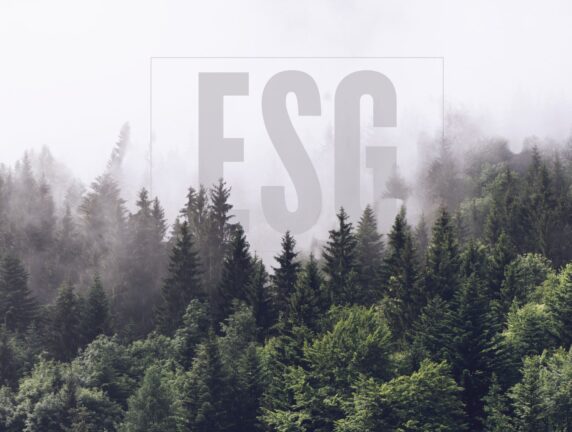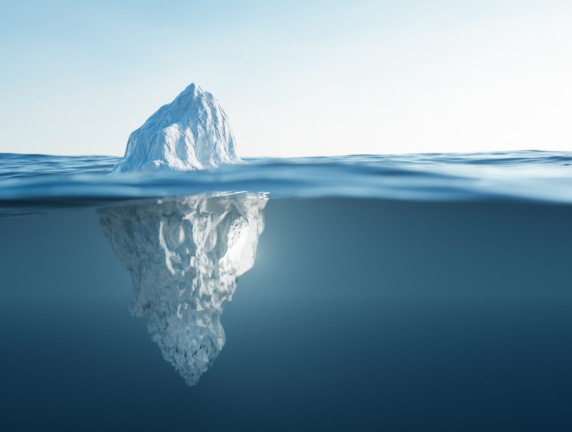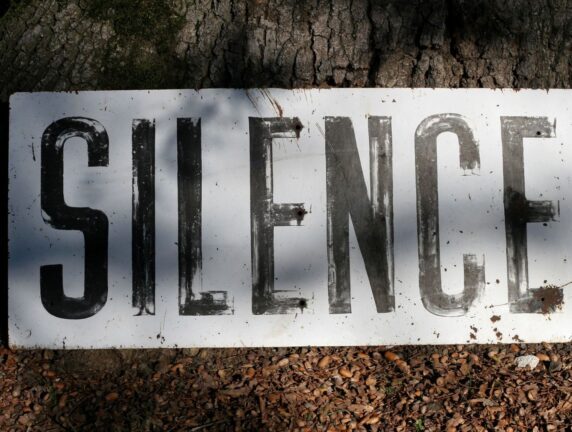Ecodesigned packaging in pharmacies: 4 myths to debunk
You might hesitate to switch to eco-friendly medication packaging.
Between operational constraints, budgets, and conflicting information, it’s not always easy to see clearly.
Ecodesign is a real opportunity to boost your pharmacy’s performance and profitability.
Let’s explore four common myths about ecodesign, and the truth behind them.
Mythe #1 – L’écoconception coûte cher
False!
What’s expensive are waste and inefficiency.
Ecodesign doesn’t add costs: it eliminates hidden ones.
Example:
The EcoloVial vial, molded in a single piece with its integrated cap.
- A single production line, compared to three for conventional vials (55% energy saved).
- Less raw material (35% less plastic).
- No separate cap orders (less packaging and shipping costs).
All this translates into real savings for your pharmacy.
Myth #2 – Ecodesign doesn’t improve performance
Also false!
The idea behind ecodesign? Doing more with less.
With ecodesigned products, performance and sustainability go hand in hand.
Examples:
- The EcoPill blister pack material reduces glare, speeding up verification and reducing eye strain.
- The adjustable EcoloJar ointment jar (15-30-60 ml) replaces three conventional jars, simplifying inventory and saving lab space.
- With its optimized range (4 sizes instead of 6), the EcoloVial frees up workspace.
In short, ecodesigned pharmacy packaging reduces environmental footprint while improving daily operational efficiency.
Myth #3 – Ecodesign just means recycling
Recycling addresses a product’s end of life.
But since only 9% of plastic packaging is recycled in Canada, that’s far from enough.
That’s why ecodesign goes much further: reducing resource use at every stage of design and production:
- Less raw material from the start.
- Less energy through optimized manufacturing processes.
- Less waste (thanks to rethought shipping).
- A closed-loop production chain that allows recycled material to be reintroduced.
Several EcoloPharm products are made from recycled material recovered from our own manufacturing process.
Since 2010, pharmacies using EcoloPharm’s ecodesigned packaging have collectively saved:
- 1,933 tons of plastic → the equivalent of 276 million conventional vials
- 236 tons of cardboard → 4,007 trees saved
- 8,066 tons of GHGs → equal to 14 Montréal–Vancouver round trips
In short, recycled plastic is just one ingredient.
Ecodesign is the whole recipe!
Myth #4 – Ecodesign can’t change my day-to-day
Probably the most common myth.
Eco-designed medication packaging brings tangible operational benefits in your lab.
For example, with the EcoloVial vial, you gain:
- Time: 33% fewer boxes to handle
- Space: up to 75% fewer inventory items

For the pharmacy, the benefits are clear:
- Simplified inventory
- Better organized lab
- More time for patients
Ecodesign isn’t a compromise. It’s a performance driver.
In conclusion…
The myths surrounding ecodesign still hold back too many pharmacies from adopting truly efficient solutions. But the reality is clear:
- It generates real savings.
- It enhances packaging performance.
- It goes far beyond recycling.
- It improves your daily operations.
At EcoloPharm, we’ve made this vision our expertise.
As the first B Corp–certified pharmacy packaging manufacturer in the world, we prove every day that performance, efficiency, and sustainability can go hand in hand.
Learn more
Discover our ecodesigned vials, blister packs, and ointment jars, and turn ecodesign into a lever for lasting impact in your pharmacy.
Ready to act? Contact us or request a free trial kit.
FAQ : Eco-Designed Medication Packaging
Do ecodesigned packages cost more than traditional ones?
No. Ecodesign reduces hidden costs linked to waste. For example, the EcoloVial uses 55% less energy and 35% less plastic. These savings are passed directly to pharmacies while simplifying inventory management.
How does ecodesign improve pharmacy efficiency?
Ecodesigned packaging streamlines daily operations: 33% fewer boxes to manage, up to 75% fewer inventory items, and more lab space. The EcoloJar adjustable jar (15–30–60 ml) replaces three formats, speeding up preparation and freeing space.
What’s the difference between recyclable and ecodesigned packaging?
Recyclable packaging deals with end-of-life. Ecodesign goes further: it reduces materials, energy, and waste from the start and optimizes the whole production chain. With only 9% of plastics recycled in Canada, a global approach is essential.
What’s the real environmental impact for pharmacies?
Since 2010, EcoloPharm customers have saved 1,933 tons of plastic, 236 tons of cardboard, and 8,066 tons of GHGs. Every pharmacy contributes to measurable impact.
Are ecodesigned packages as efficient as traditional ones?
Yes — and often more. The EcoPill reduces glare, speeding verification and reducing eye strain. Optimized vial formats free space. Ecodesign never compromises quality: it enhances both performance and durability.
How can I start using ecodesigned packaging in my pharmacy?
Order a free EcoloPharm trial kit to test our EcoloVial, EcoPill, and EcoloJar in your lab. You’ll quickly see the time, space, and efficiency gains, with zero compromise on quality.
Other articles that might interest you

Practical Guide: Is your medication packaging ethical?
You already know whether your packaging is recyclable. But is it ethical? Discover the concept of ethics in medication packaging, and how to know if yours are… or not.

Prescription Drug Packaging: 5 Unexpected Levers of Profitability for Pharmacies
What if your packaging became a performance lever? With EcoloPharm, discover unexpected ways to secure, simplify, and enhance your pharmacy operations.

What Prescription Drug Packaging Isn’t Telling You
Discover 5 (sometimes hidden) truths about medication packaging.

Greenhushing in Pharmacies: A Silence that Harms Environmental Efforts
Discover how pharmacies can avoid “greenhushing,” share their eco-efforts confidently, and inspire sustainable change in their community.
WE ARE PASSIONATE ABOUT SUSTAINABLE DEVELOPMENT.
We’re eager to meet new change agents who share our values with regard to sustainable development.
Do you have an inspiring idea you would like to share?
